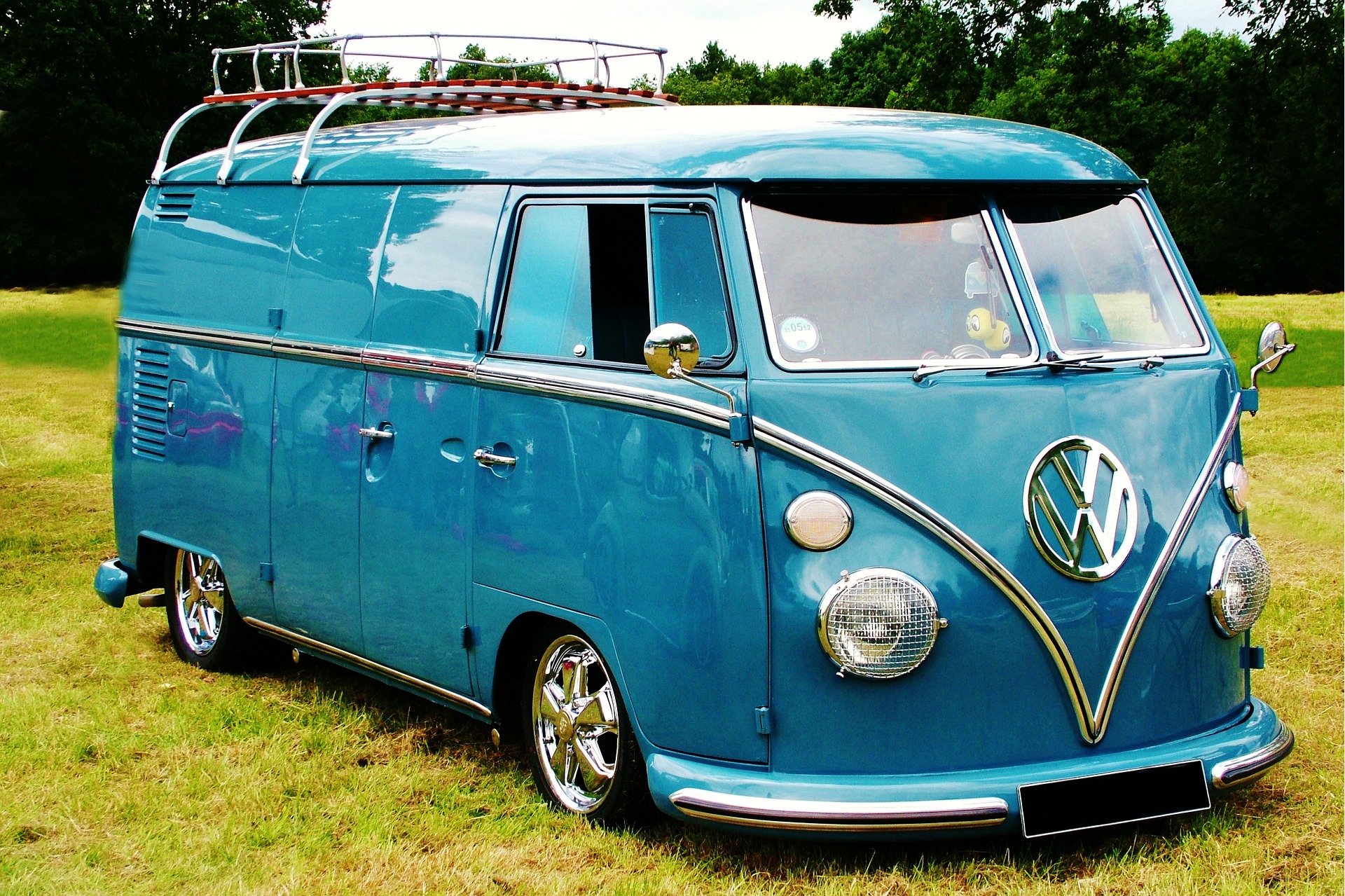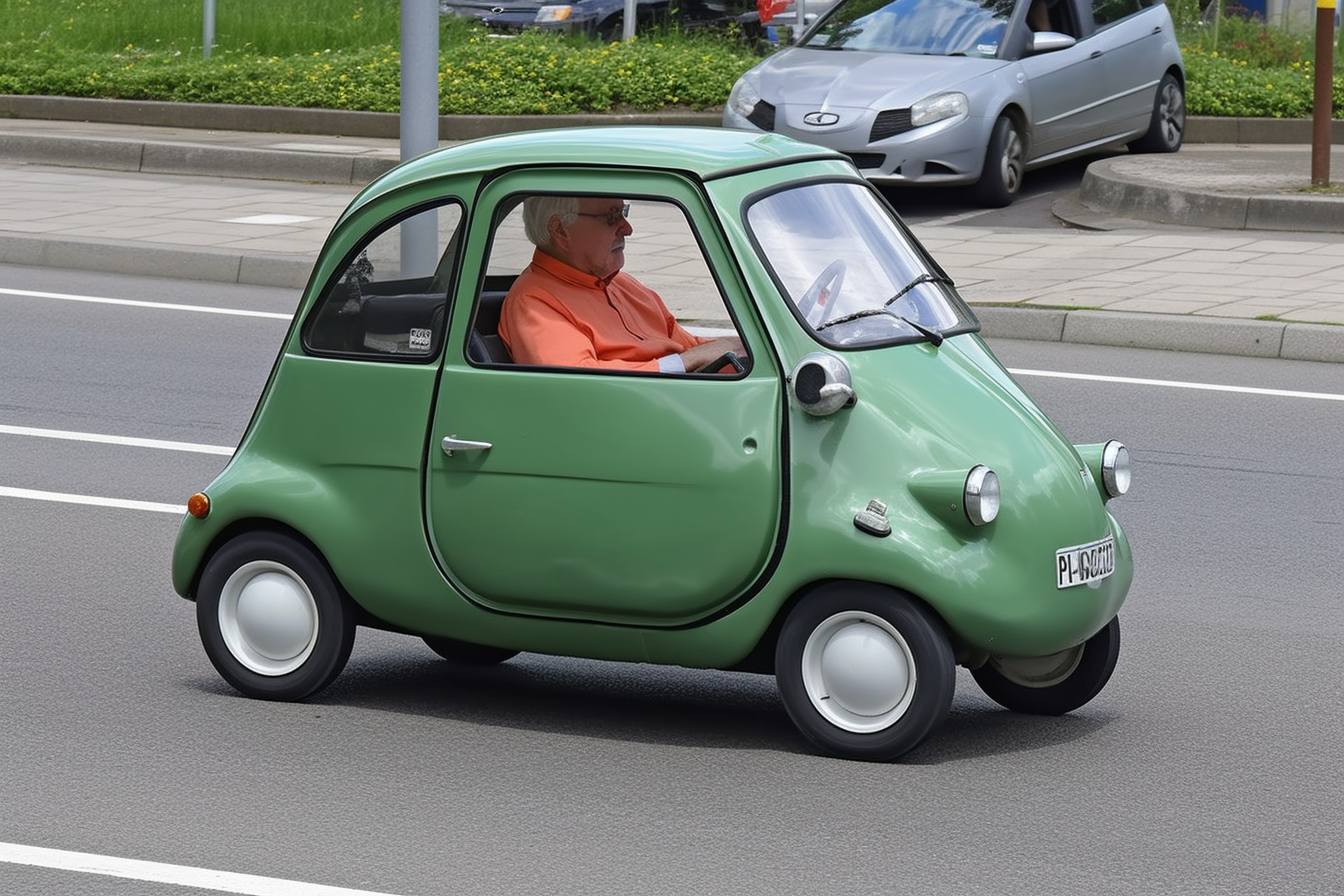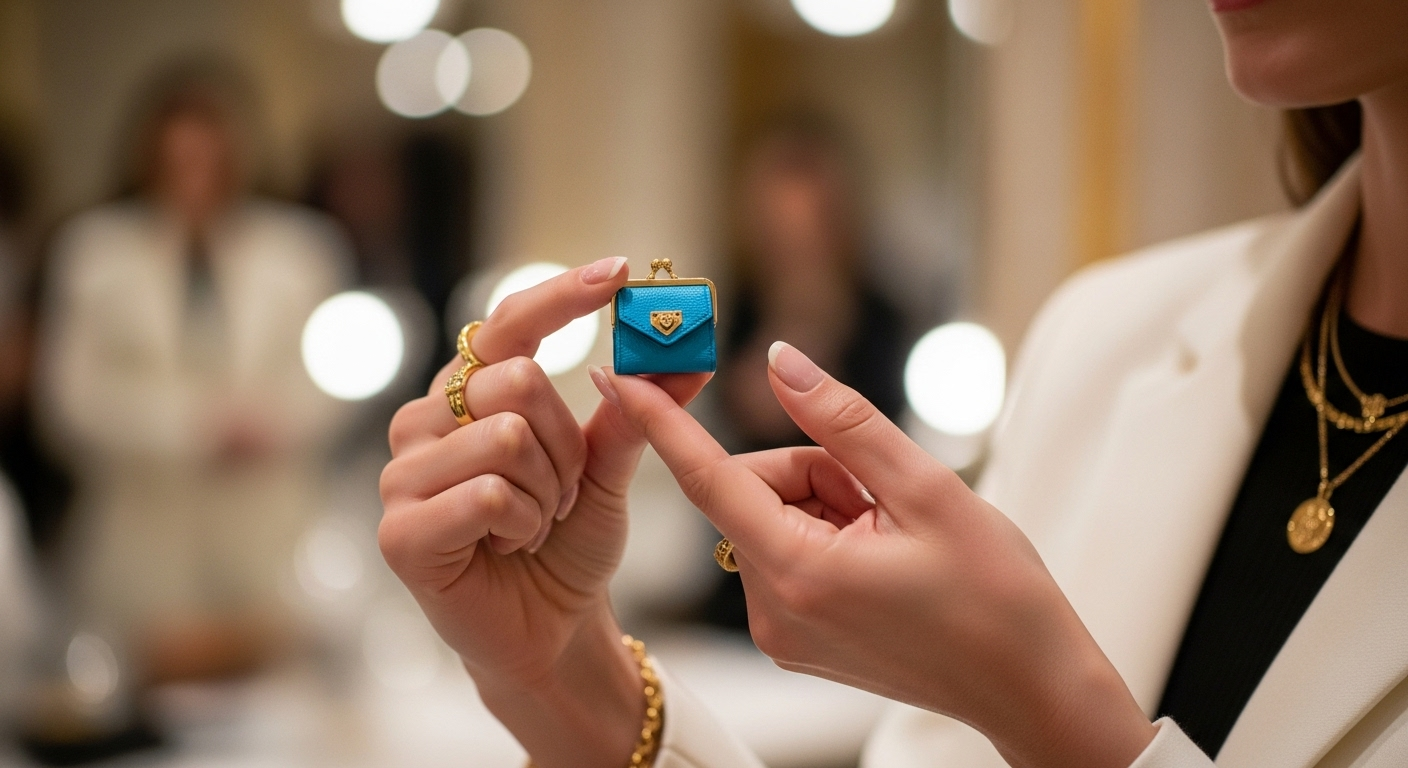A Glimpse into the Fascinating World of Automotive Color Technology
Imagine a world where your car changes color with your mood or the weather. Sounds like a scene from a science fiction movie, right? But in the automotive world, this isn't as far-fetched as it sounds. Dive into the captivating universe of automotive color technology, where innovation, aesthetics, and psychology intersect.

The Evolution of Automotive Color
The journey of automotive color started humbly in the early 1900s with just black, owing to Henry Ford’s famous statement, “Any customer can have a car painted any color that he wants, so long as it is black.” But as technology advanced, so did the palette. By the 1930s, automotive color options had expanded, with blue, brown, and green making an appearance on the roads. The 1960s and 70s saw a splash of bolder colors reflecting societal changes and the era’s spirit.
The Science Behind the Hue
Car color isn’t just about aesthetics; there’s a fascinating science behind it. It starts with the development of pigments, small particles that absorb and reflect light to give color. Automotive paint is a mix of pigment, resin (which binds the pigment), and solvents. The challenge is creating pigments that are durable, lightfast (resistant to fading), and can withstand harsh environmental conditions. Research into nanotechnology has led to the development of smaller, more stable pigments, leading to more vibrant and long-lasting car colors.
The Psychology of Color
The color of a car can say a lot about its owner. Research suggests that color preferences can indicate personality traits. For instance, black cars are often associated with power and elegance, whereas red cars may indicate a more adventurous spirit. Car manufacturers take these psychological factors into consideration when deciding on new color options. They also look at societal trends and cultural influences, ensuring their color options resonate with their target demographic.
The Future of Car Color
The industry is continuing to innovate, pushing the boundaries of what’s possible with automotive color. One emerging trend is “color-shifting” paints, which appear to change color based on the viewing angle or light conditions. There’s also research into thermochromic and photochromic paints, which change color with temperature or light exposure, respectively. As technology continues to evolve, the future of automotive color promises to be even more vibrant and exciting.
In the world of cars, color is more than just a design element; it’s a blend of technology, psychology, and cultural trends. As advances continue, we can look forward to a future where the colors of our cars are as dynamic and evolving as the vehicles themselves. The beauty of automotive color technology lies in its constant evolution, reflective of the fast-paced, ever-changing landscape of the automotive world.




